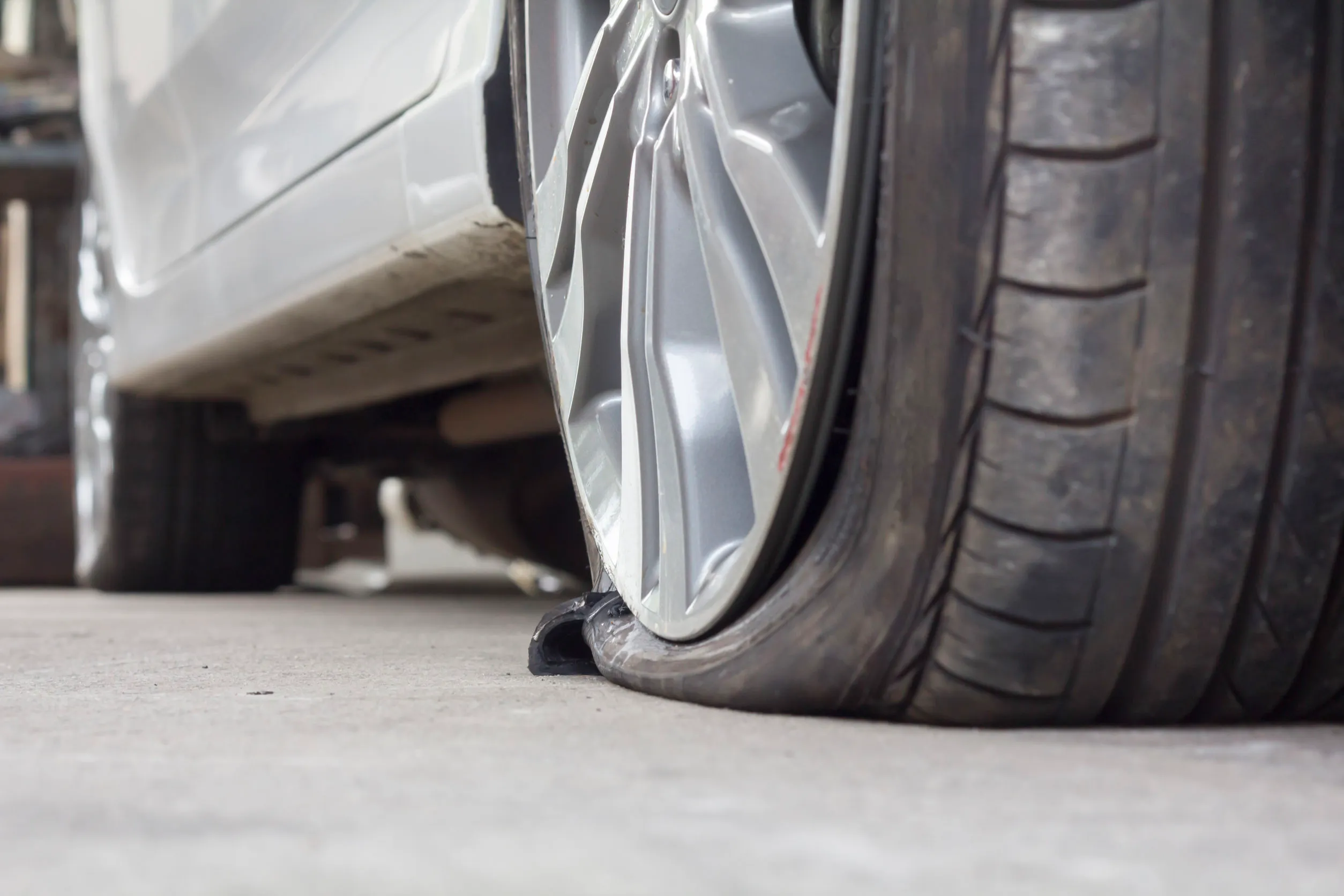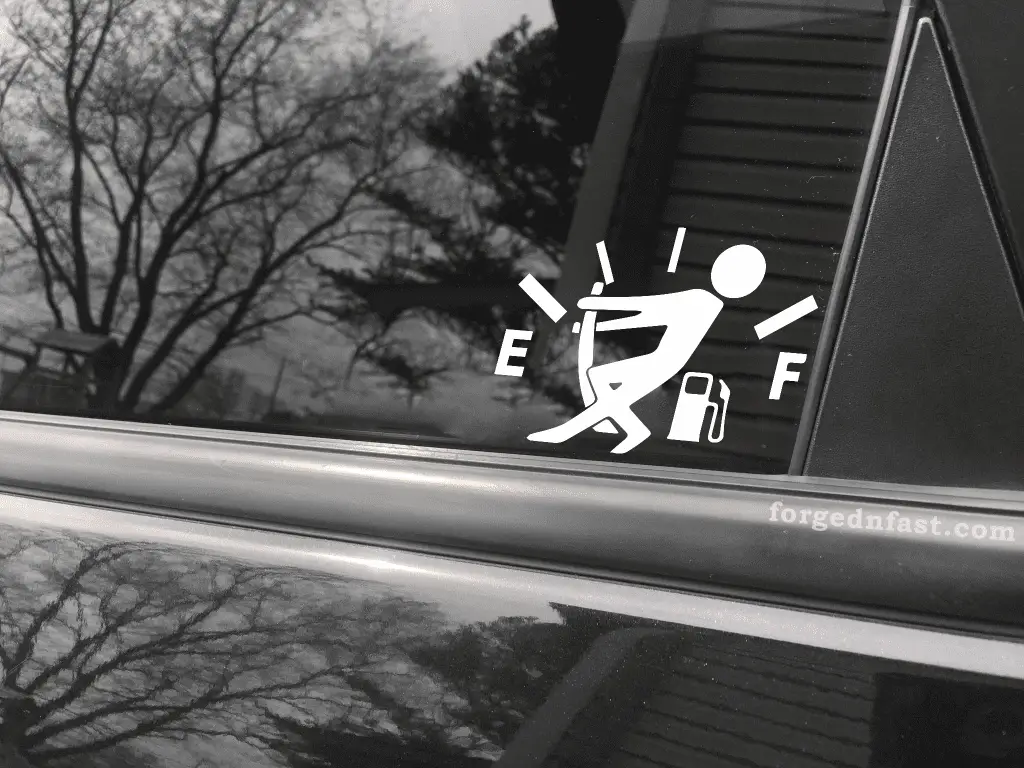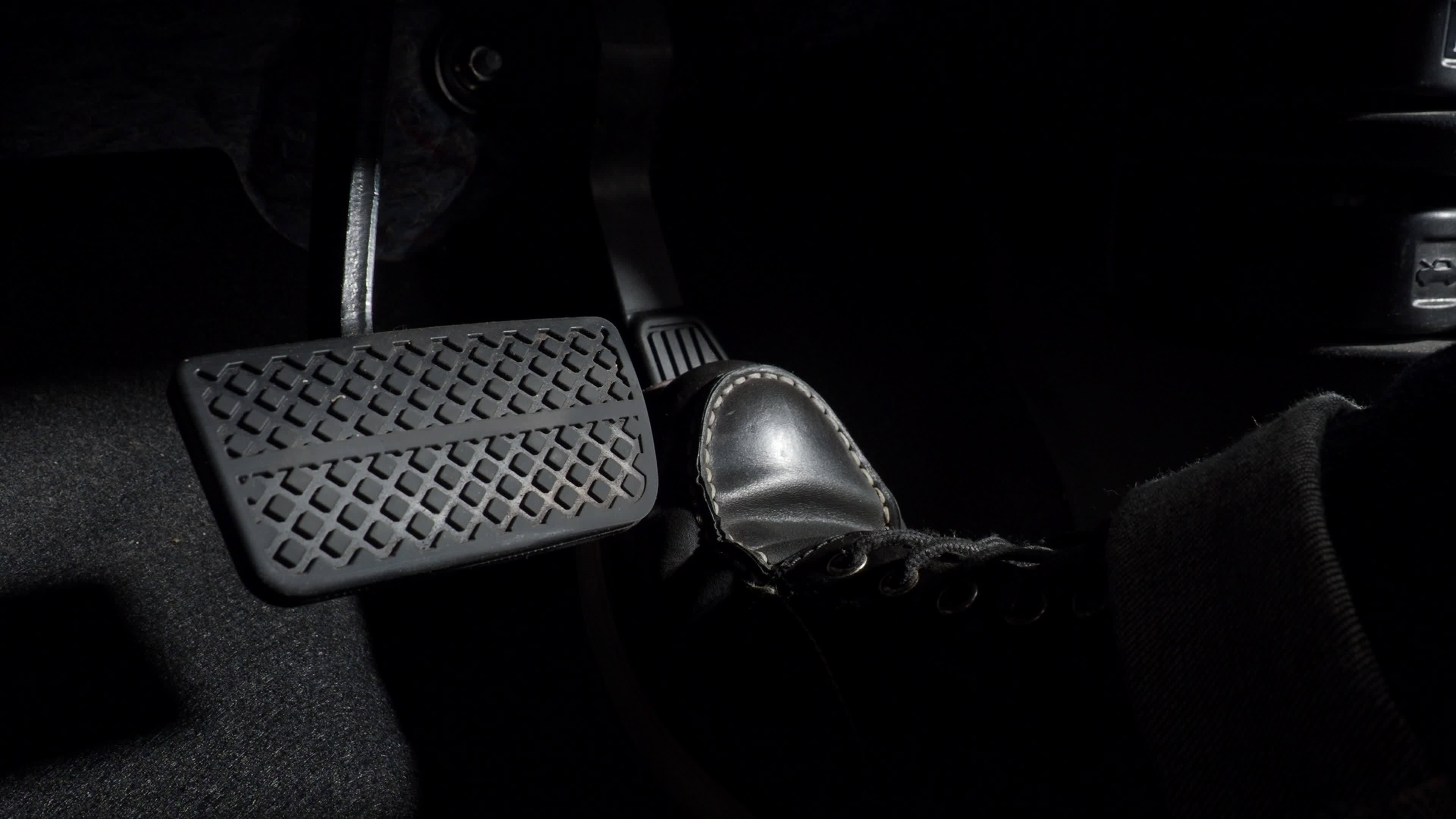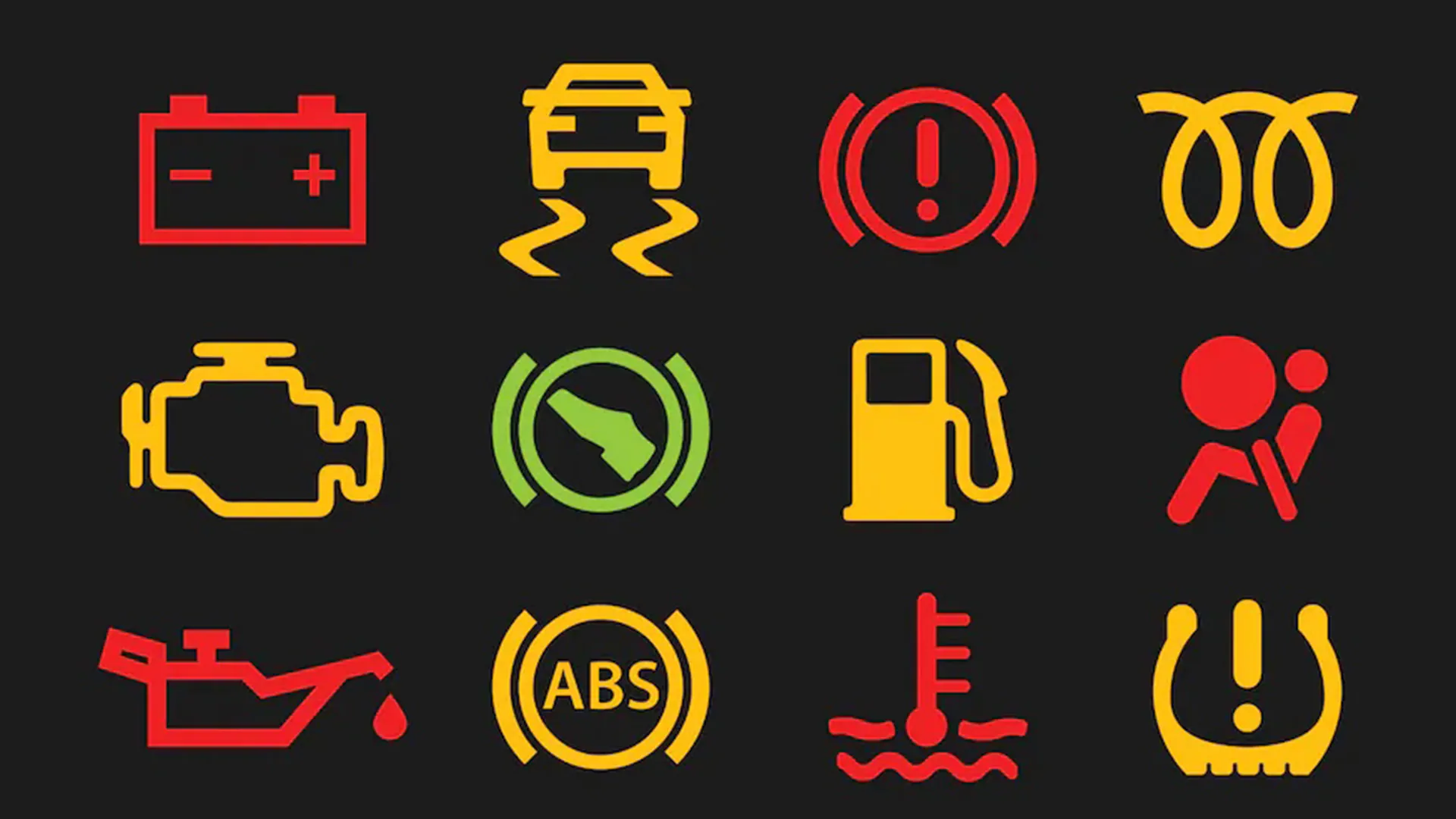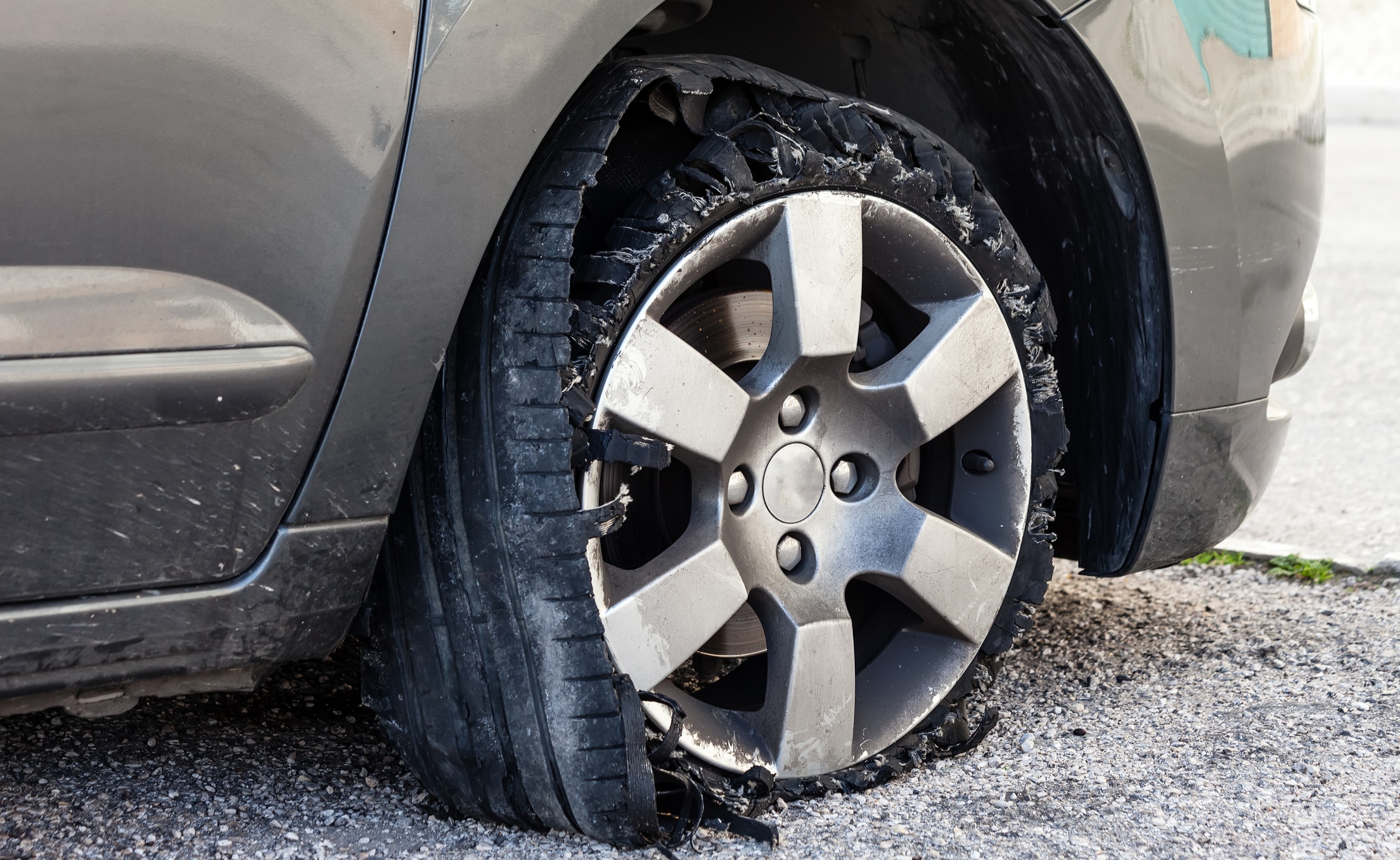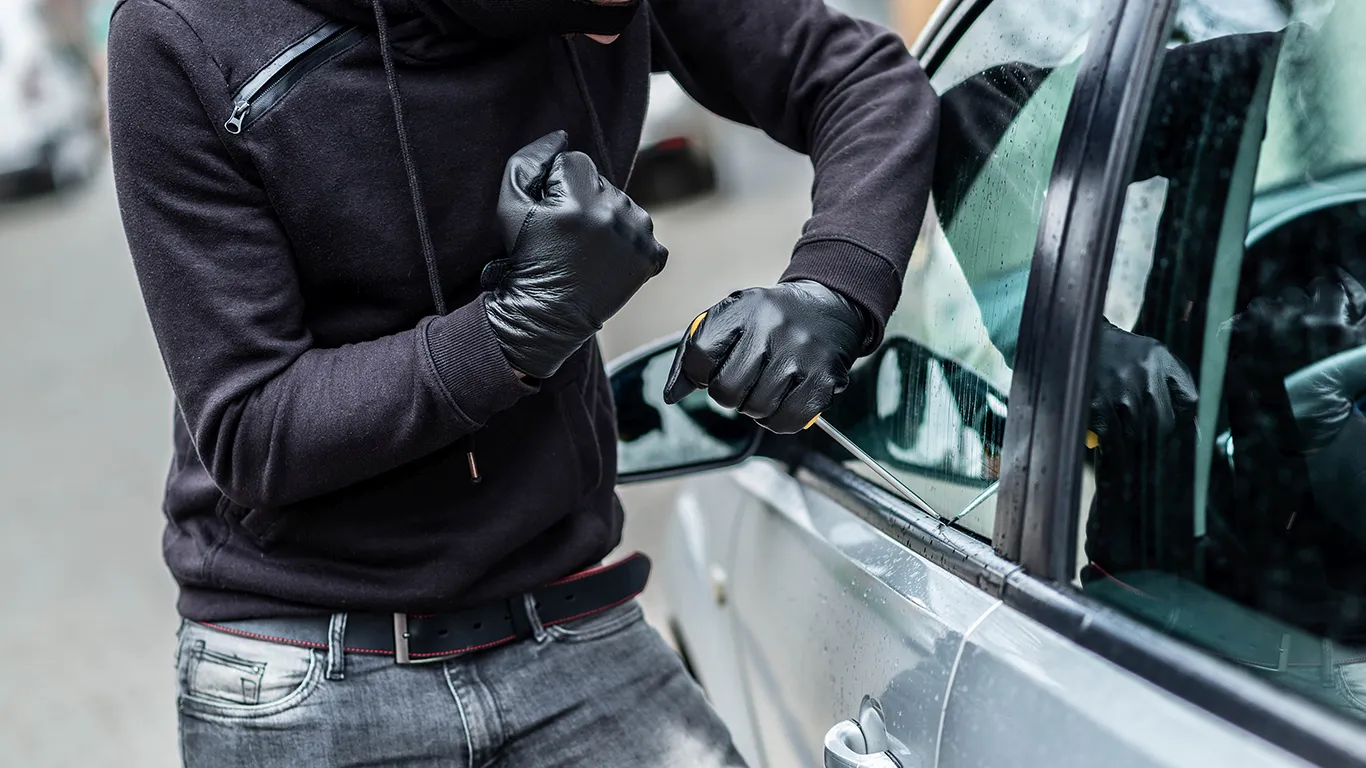Depending on when you were born, you might remember from your childhood not being required to wear a seat belt or even having to be confined to the back seat. Even though seat belts were made mandatory equipment in vehicles in the late 1960s, there were no seat belt laws that required drivers and passengers to wear them. Those laws did not come into effect until the late 1980s and 1990s.
Today, wearing your seat belt should be second nature and a natural driving habit whenever you get into your vehicle. Even still, there are still some people who do not see the benefits of wearing their seat belts. Rather, they are placing themselves in greater danger because the vehicle’s safety systems will not protect them in the event of an accident.
What are the benefits of wearing a seat belt? It:
- It provides safety to everyone in the vehicle and other motorists. Seat belts save lives, and this is a fact that has been proven through countless studies and research, even if you have an older model vehicle without airbags.
- Keeps you in place during impacts. The seat belt keeps you in your seat, not thrown through the windshield, or thrown loose in the vehicle. Most people do not realize the G-forces created during impacts place great strain on the body and result in more serious injuries when seat belts are not worn.
- It is designed to work with your airbags. Airbags are designed to help keep you in place, along with your seat belt. If you are not wearing it, then the airbag system is ineffective.
- Keeps you from receiving a fine for not wearing one. As already mentioned, there are seat belt laws and, if you are caught not wearing one, you could be issued a traffic ticket, be required to pay a fine, and end up with the violation on your driving record.
- Reduces the risks of serious injuries and death. There are people who have survived major accidents where their cars have been totaled, yet they survived with minor injuries because they were wearing their seat belt. If they had not, they could have been seriously injured or, worse, died.
- Affects auto insurance rates. If you refuse to wear your seat belt and are getting traffic tickets for it, come renewal time your auto insurance rates could skyrocket because you are considered a high-risk driver—or your policy could even be canceled.
- Prevents your auto insurance from declining to cover damages in an accident for not wearing a seat belt. If you are in an accident, regardless of fault, your insurance policy may have a clause that states you will not be reimbursed for any damages, both personal injury, and vehicle damage, if you were not wearing your seat belt.


